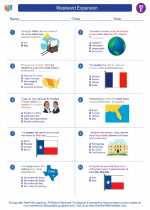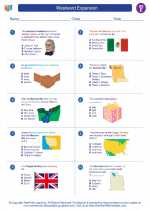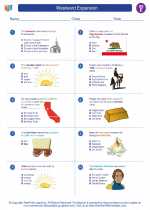Economic Activities
Economic activities refer to the activities that involve the production, distribution, and consumption of goods and services to satisfy human wants and needs. These activities are essential for the functioning of any economy and can be categorized into three main types: primary, secondary, and tertiary.
Primary Economic Activities
Primary economic activities involve the extraction and production of natural resources. This includes activities such as farming, fishing, mining, and forestry. These activities are directly dependent on the environment and natural resources.
Secondary Economic Activities
Secondary economic activities involve the processing and manufacturing of raw materials into finished products. This includes activities such as manufacturing, construction, and industrial production. Secondary activities add value to the raw materials and create tangible goods.
Tertiary Economic Activities
Tertiary economic activities involve providing services to people and businesses. This includes activities such as retail, transportation, education, healthcare, banking, and entertainment. Tertiary activities are focused on providing intangible goods and services.
Study Guide
- What are economic activities?
- How can economic activities be categorized?
- Provide examples of primary economic activities.
- What are secondary economic activities? Give examples.
- What do tertiary economic activities involve? Provide examples.
Understanding economic activities is crucial for comprehending how economies function and how resources are utilized to meet the needs of societies. By categorizing economic activities into primary, secondary, and tertiary sectors, it becomes easier to analyze and understand the roles and impacts of various economic activities within an economy.
[Economic Activities] Related Worksheets and Study Guides:
.◂Social Studies Worksheets and Study Guides Fifth Grade. Westward Expansion

 Worksheet/Answer key
Worksheet/Answer key
 Worksheet/Answer key
Worksheet/Answer key
 Worksheet/Answer key
Worksheet/Answer key
